Safari Countries
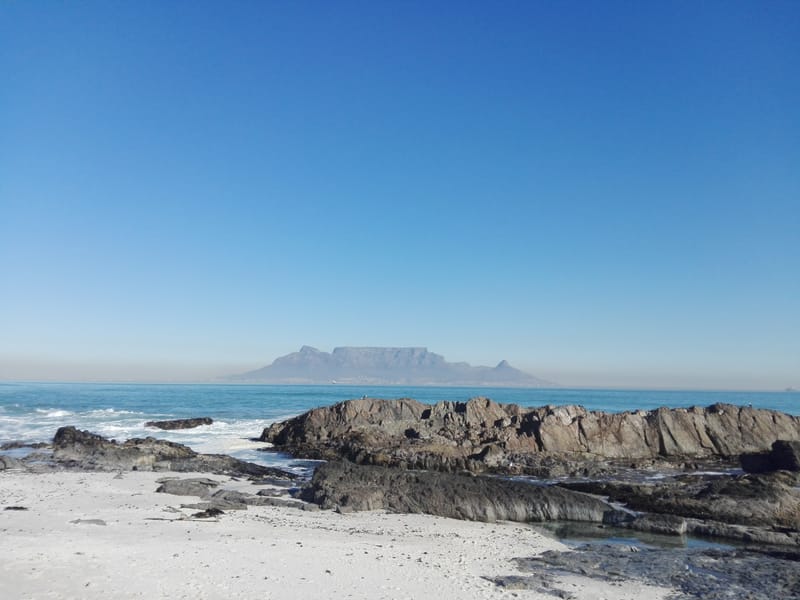
South Africa
Discover the Vibrant Republic of South Africa Located at the southern tip of the African continent, the Republic of South Africa (RSA) is a multicultural haven, affectionately known as the "Rainbow Nation." Since Nelson Mandela's release in 1990, the country has transitioned into a peaceful democracy, earning its reputation as one of Africa's top travel destinations. The country's crowning achievement was hosting the 2010 FIFA World Cup. A Modern and Advanced Nation With a population of nearly 60 million, South Africa is the most modern and advanced country in Africa. Its world-class cities, including Johannesburg, Cape Town, Durban, and the capital Pretoria, boast an impressive array of international hotels, restaurants, shopping malls, banks, sports stadiums, and golf courses. Easy Access and Transportation Getting to and around South Africa is effortless, thanks to its excellent infrastructure. The country features a well-developed road network (with left-hand driving) and modern airports, including Johannesburg's O.R. Tambo International Airport, which receives daily flights from around the world. Car hire facilities and public transportation are also readily available. Natural Beauty and Wildlife South Africa's stunning natural beauty and warm sunny weather are major drawcards for visitors. The country's 3,000 km coastline, eight UNESCO World Heritage sites, and diverse landscapes, including mountains, semi-deserts, coastal forests, vineyards, and 21 national parks, make it a paradise for nature lovers and wildlife enthusiasts. Iconic Destinations and Wildlife Reserves Some of South Africa's most famous destinations include: Kruger National Park, renowned for its incredible wildlife and Big Five sightings Table Mountain, a iconic landmark in Cape Town The Cape Winelands, a scenic region known for its wine production Garden Route National Park, a stunning coastal reserve The Ukuhlamba Drakensberg mountain range, a UNESCO World Heritage site Other notable wildlife reserves include Sabi Sand, Timbavati, Umfolozi, Mkuze, iSimangaliso, Addo, and Kgalagadi. Practical Information Currency: South African Rand (R1 = 100 cents), approximately R19/US$ Official languages: 12, with English widely spoken Driving: Left-hand driving
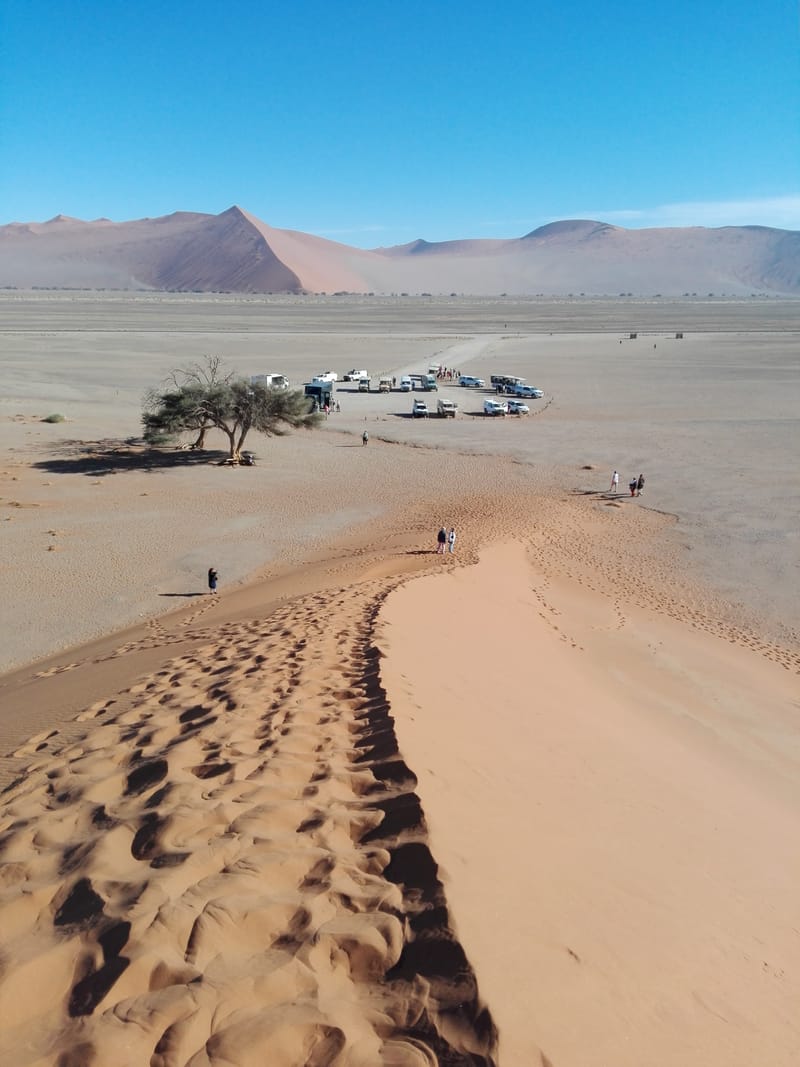
Namibia
Discover the Breathtaking Beauty of Namibia Namibia, a country of surreal landscapes and unparalleled photographic opportunities, promises to redefine your perception of desert beauty. Witness the majestic sunrises and sunsets, and explore the country's many surprises, including: The magnificent Fish River Canyon, the second-largest canyon in the world Breathtaking geological formations, rugged mountains, and desert scenery The stunning landscapes, tribes, and abundant wildlife of Etosha National Park The Namib Desert and Skeleton Coast The Namib Desert, which stretches along the western coast of Namibia, is also known as the Skeleton Coast. This 1,400 km (2250 miles) stretch of coastline is dotted with over a hundred shipwrecks and is home to the world's largest and highest sand dunes at Sossusvlei. The Namib Desert is one of the driest places on Earth. A Country of Contrasts Namibia is a vast and rugged country, larger than Germany, with a population of only 2.6 million people, resulting in a very low population density of approximately 2 people per square kilometer. The country gained independence in 1990 after years of foreign domination. Economy and Industry Namibia's economy is driven by: Mining diamonds, semiprecious stones, minerals, and metals Livestock farming and fishing, which are major export industries Rich Cultural Heritage Namibia is home to various tribes, including: The Himba, who live a nomadic life in the stunning landscapes of Damaraland and Kaokoland The San (Bushmen), who traditionally lived a hunter-gatherer lifestyle and are famous for their rock paintings at Twyfelfontein Unique Flora and Fauna Namibia's arid, sandy, and rocky wilderness supports a unique and rich variety of desert plant life, including: The famous Welwitschia and Quiver trees, adapted to the inhospitable Namib Desert Camelthorn and Mopane trees, which cover much of the country Lush river plains in the Caprivi region and Linyanti swamps Major Towns and Capital The capital of Namibia is Windhoek, and other major towns include: Luderitz Swakopmund Walvis Bay Keetmanshoop Otjiwarongo Tsumeb Grootfontein Practical Information Currency: Namibian dollar (N$), divided into 100 cents, and pegged to the South African rand Exchange rate: approximately N$ 19 = US$1 Languages: English, German, and Dutch/Flemish are widely spoken Driving: Left-hand driving
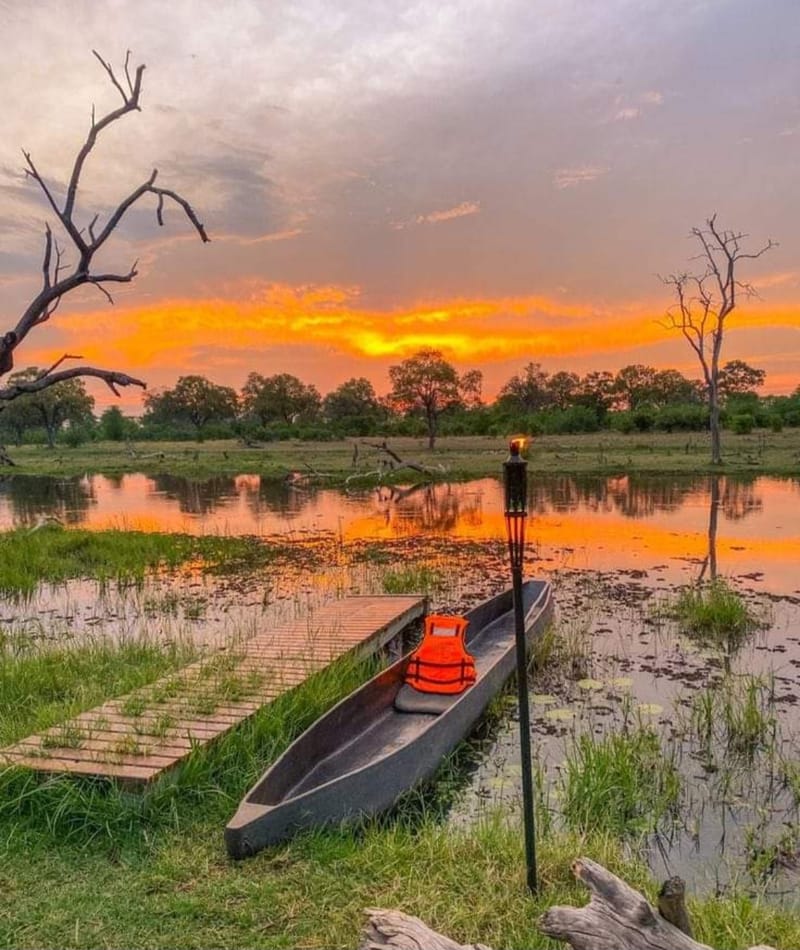
Botswana
Discover the Natural Beauty of Botswana Botswana is one of Africa's greatest success stories, boasting stability, affluence, and carefully managed tourism. The country's rich diamond deposits and prudent economic management have contributed to its prosperity. Geography and Demographics Botswana is roughly the size of France or Texas, with a population of approximately 2.7 million citizens. Two-thirds of the population resides in the southern and eastern regions, near the capital city Gaborone and major towns such as Selebi-Phikwe, Serowe, Molepolole, Mahalapye, and Francistown. A Haven for Wildlife and Safaris Most of Botswana consists of arid Kalahari savanna, which is unsuitable for agriculture but ideal for wildlife. This makes Botswana the ultimate safari destination, with vast wilderness areas waiting to be explored. Conservation Efforts The government of Botswana is deeply committed to ecological conservation and manages the country's unique natural assets with great care. Nearly 40% of the land is protected, making Botswana a shining example of conservation efforts in Africa. Must-Visit Attractions The Okavango Delta, a pristine and unspoiled wilderness area in the north, teeming with birds and animals. Chobe National Park, near the town of Kasane, famous for its massive elephant populations and diverse wildlife. The Makgadikgadi and Nxai salt pans, the Central Kalahari Game Reserve, Khutse Game Reserve, Tuli Block, and Savuti-Linyanti-Kwando region, all offering unique and unforgettable safari experiences. Practical Information Official language: English National language: Setswana Driving: Left-hand driving Local currency: Pula (BWP), divided into 100 Thebe, trading at approximately P13.5 = US$1 The South African Rand is widely accepted in major towns and tourist facilities. Most safari operators and lodges quote prices in US dollars.
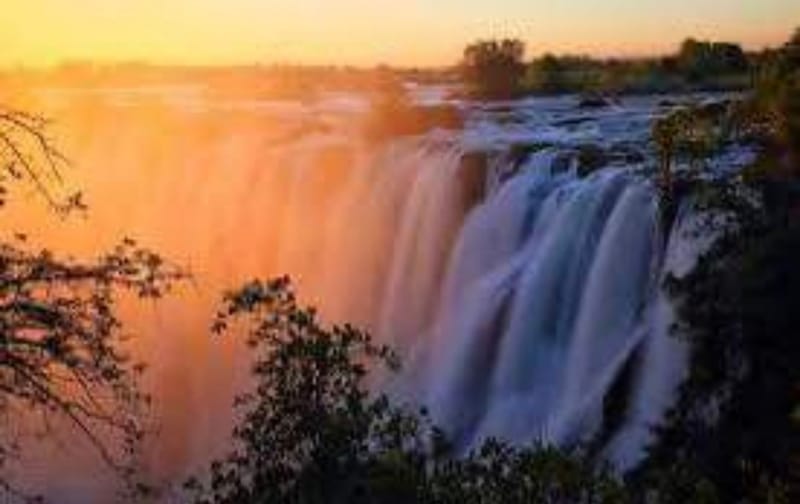
Zimbabwe
Discover the Warm Heart of Zimbabwe Located in southern Africa, Zimbabwe is a landlocked country with a population of approximately 17 million people. This former British colony seamlessly blends Western-style infrastructure with traditional African values, creating a unique cultural experience. Vibrant Culture and Warm Hospitality Zimbabweans are known for their friendly and vibrant culture, taking great pride in their traditional arts and crafts. Visitors can expect a warm welcome and the opportunity to experience the country's rich cultural heritage. A Wildlife Paradise Zimbabwe is renowned for its incredible wildlife, with many parks, reserves, and safari areas teeming with an array of species. From the majestic elephants and hippos to the vibrant birdlife, Zimbabwe offers an unforgettable wildlife experience. Iconic Destinations Victoria Falls: One of the world's most spectacular natural wonders, with the Zambezi River plunging 110m into the narrow Batoka Gorge. The nearby town of Victoria Falls is known as the adventure capital of Africa, offering white-water rafting, bungee-jumping, and more. Matusadona and Mana Pools National Parks: Located downstream from Victoria Falls, these parks are home to an abundance of hippos, elephants, and birdlife. Hwange National Park: Offers outstanding wildlife safaris, with a diverse range of species. Lake Kariba: The largest man-made lake in the world, offering breathtaking boat cruises and sunsets that will leave you in awe.
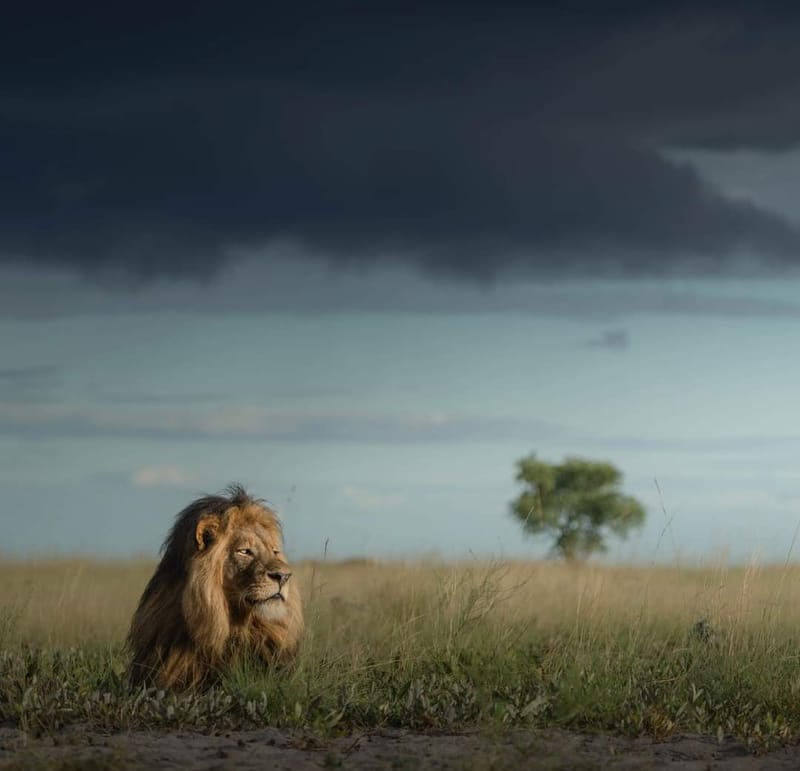
Zambia
Discover the Hidden Gem of Zambia Located in southern Africa, Zambia is a landlocked country named after the majestic Zambezi River, the fourth-longest river in Africa (2,650 km/1,650 miles). The country is characterized by two major valleys, the Zambezi and the Luangwa, and shares the massive Lake Kariba with neighboring Zimbabwe. Cultural Diversity and Rich Heritage With a population of approximately 21 million people, Zambia boasts over 70 languages, in addition to the official language, English. The most widely spoken languages include Bemba, Tonga, Lozi, Nyanja, Lunda, and Tumbuka. The country's rich cultural heritage is reflected in its fascinating traditional ceremonies, such as the 300-year-old migration of the Lozi people. Economy and Industry Zambia's economy is centered on the copper belt, a 150 km long corridor rich in copper, cobalt, and precious stones. The capital city is Lusaka, and other major towns include Livingstone, Ndola, Mpika, and Mongu. Wildlife and Conservation Zambia is renowned for its exceptional wildlife and conservation efforts. The famous Chimfunshi Wildlife Orphanage, located near Chingola, provides a safe haven for orphaned chimpanzees. The country's 19 national parks, including South Luangwa, Kafue, and Lower Zambezi, are some of the best-kept secrets in Africa, offering unforgettable safari experiences. Adventure Capital of Southern Africa The town of Livingstone, situated near the breathtaking Victoria Falls, is the undisputed adventure capital of southern Africa. Visitors can enjoy grade 5 white-water rafting, bungee jumping, elephant-back safaris, and canoeing, among other thrilling activities. Practical Information Currency: Zambian Kwacha (although US dollars are widely accepted) Language: English is widely spoken Driving: Left-hand driving


